We thrash two identical cars on Jebel Jais, with one big difference

You must’ve heard of Jebel Jais by now. Located in the outskirts of Ras Al Khaimah, it’s the tallest mountain in the United Arab Emirates, at about 1,910 metres. Saudi Arabia has an even taller mountain called the Jabal Sawda, at nearly 3,000 metres, but Jebel Jais has become a tourist spot for a reason — it has a perfectly-paved road leading up to the top. Wide, twisty and clear on a weekday morning, we decided to drive up and down that road in two identical cars. Well, identical in all but one aspect.
We acquired two identical 2015 Toyota Yaris 1.5 sedans which are identical in every way, both with roughly 10,000 km on the clock and with a good bit of tread on the tyres. Generally, 1.6mm is considered safe, and you can measure it with a tread-depth gauge or just a regular ruler.
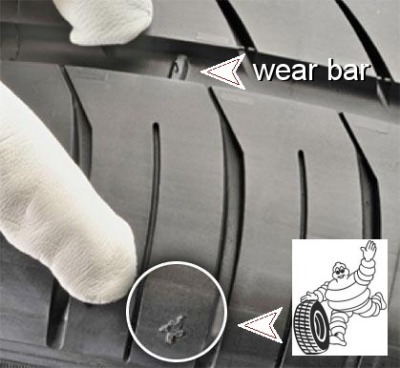
You can also check for minimum tread depth by feeling for “wear bars” moulded between the grooves of most tyres, and if these bars are at the same level as the tyre surface, your tyres have to be replaced. Some tyre-makers label these “wear bars” clearly to make them easier to find, as seen here.
Both cars had the same brand of factory-fitted tyres. We decided to deflate the tyres on one of the cars, down to less than 20 psi, to simulate an extreme version of a condition that many cars on the road today are experiencing — under-inflated tyres due to lack of care by drivers.
In casual around-town driving, the difference is not readily apparent aside from a bit of drag in the steering when turning the wheel. So you’d think that under-inflated tyres that are still safe to drive on slow city streets would be safe when driving at the limits of grip on a mountain road, but that was hardly the case, as we found out the hard way.
Our Yaris with the under-inflated tyres started off well enough on straight roads, maybe a bit “rubbery” when taking off from standstill, but nothing too odd. But as soon as the roads started twisting, its lower limits became readily apparent.

Diving into the corners, the car squealed its tyres rather early. On corner entry, the little Yaris heavily understeered, which is when the front of the car pushes towards the outside of a turn even as you are steering more into the turn. This is generally expected in front-wheel-drive cars, but the degree to which it was happening on the mountain road was a bit intimidating, with steep cliffs along the sides beyond the barriers, so we slowed down a notch.
The steering felt heavier and the responses to turning inputs were clearly sloppier, as if there was a delay between turning the wheel and the car actually turning.

The car was also more “jiggly” under hard braking. Braking mid-corner, it also felt more unstable due to more flex in the tyre sidewalls. Generally, difference in pressure between tyres can also cause such unpredictable behaviour.
Which brings us to the Yaris with the properly-inflated tyres. At 33 psi of pressure, the difference was already clear from the time we drove off, with better responses from the controls.
Even though it’s slightly more firm in terms of ride smoothness, this car was actually more quiet, with less road noise coming through.
This car also turned more crisply, reminding us that the Yaris is actually a pretty decent handler with the right tyres. The lack of predictability with which the under-inflated tyres behaved was not a concern any more, as the properly-inflated tyres offered stable grip around corners. Understeer could only be induced at much higher speeds, so there’s a bigger margin of safety if you come into a corner too fast. And interestingly enough, there’s less rear-end wiggle under hard braking.
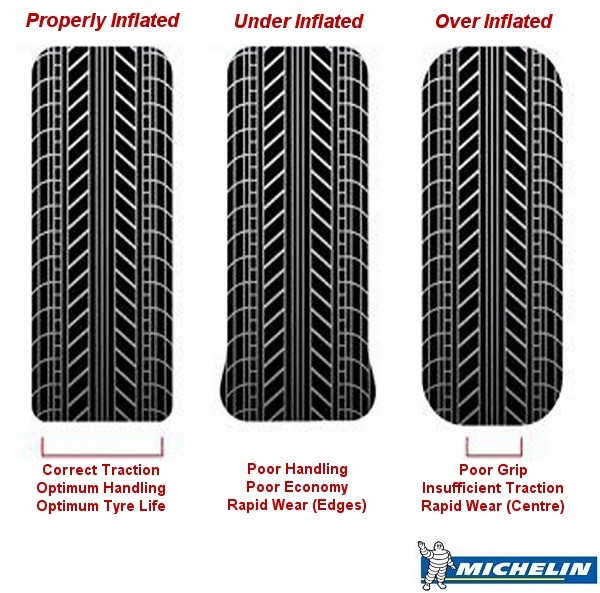
So there you have it — now you know how important it is to check your tyre pressure. The difference in tyre pressures was exaggerated in our test, but it was obvious that wrong pressures do have an effect on handling, aside from increasing tyre wear and even causing higher tyre temperatures. An under-inflated tyre runs at higher temperatures than it is designed for, so the excess heat and friction can cause the tyre to disintegrate over time, leading to a blowout.
Under-inflated tyres also cause fuel consumption to increase due to the extra rolling resistance, and it does not hold its designed shape as well under cornering or braking, as we saw. On the other hand, an over-inflated tyre offers less grip due its reduced contact patch, so check for that too.
It is recommended that you keep a tyre-pressure gauge and check your pressures every other week when the tyres are cold, before you drive off. You should also check in the centre of the tread, as well as at each side of it. If there’s less tread on one side or the other, your tyre pressures may be wrong or your suspension might not be aligned correctly. Aside from maintaining the right amount of tyre pressure, also watch out for cracking around the sidewall, bulging or any other sort of damage at least a few times every month.
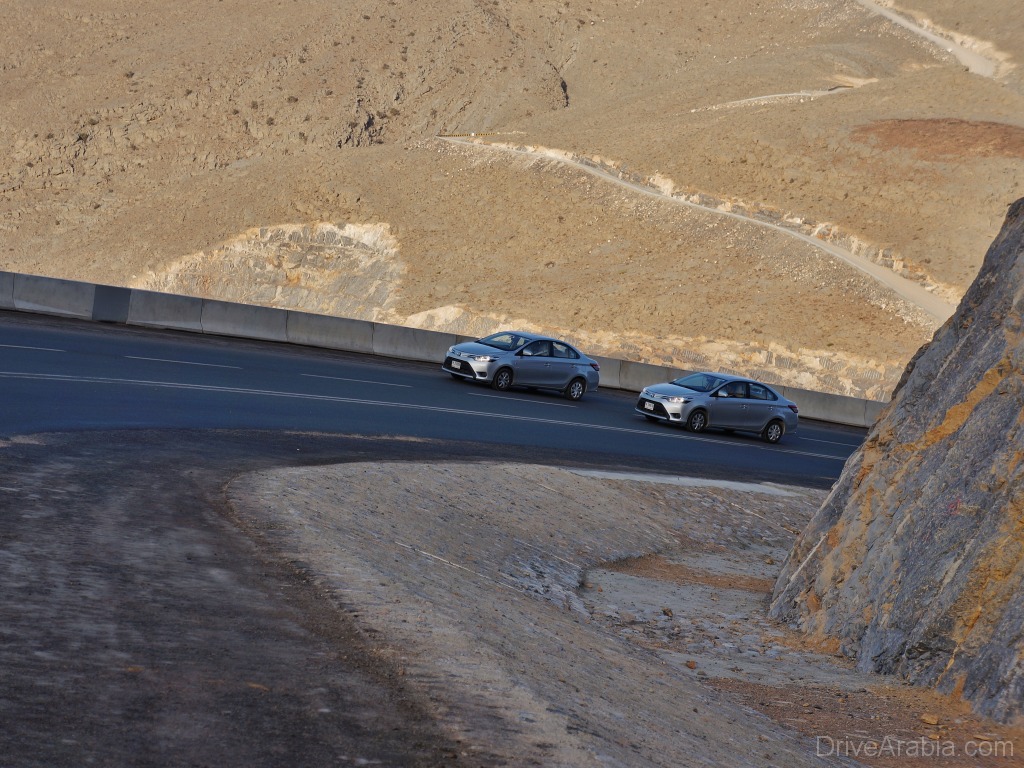

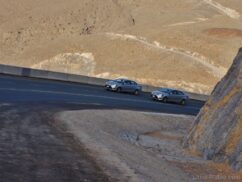



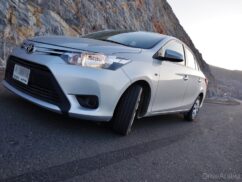
Comments
Rahul Jones
One thing I discovered here ia not all tire shops know what tire pressure to put. They just fill up at 32PSI no matter what car you drive in. I always prefer checking using my own gauge and filling up at a petrol station air pump.
juze
how much air pressure shld i put in my pajero…???
usually it is 35psi
iMac
Most cars have recommended air pressure sticker inside the pillar at the driver door (One can safely consider that limit assuming the car has same OEM size tyres fitted).
Sami
If you wanna check your tire air pressure or add more air,better to do it in the morning after low mileage as the high temperature and/or mileage increase the tire pressure.The advised tire pressure in most of the cars which you can see on the driver door didn’t consider hot weather or long mileage.
In case you want to add air during the day when temperatures are more than 35 degrees,you should add 3 psi to the advised tire pressure for your car.